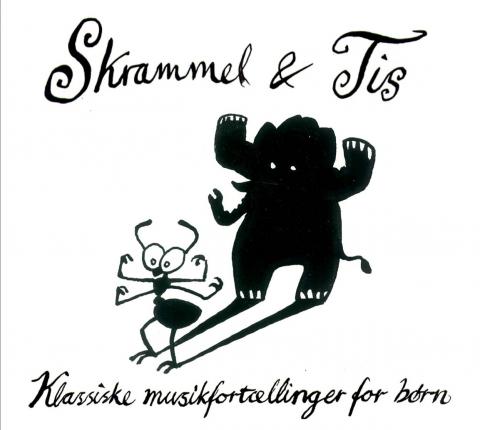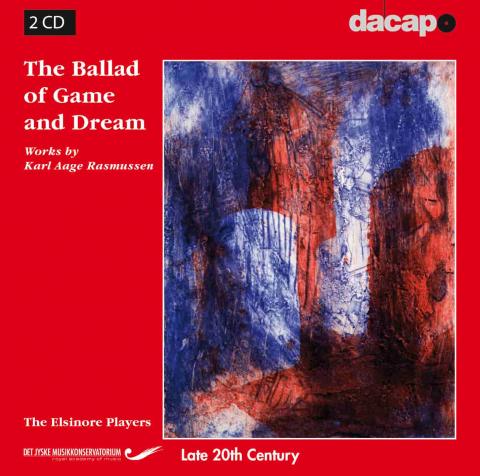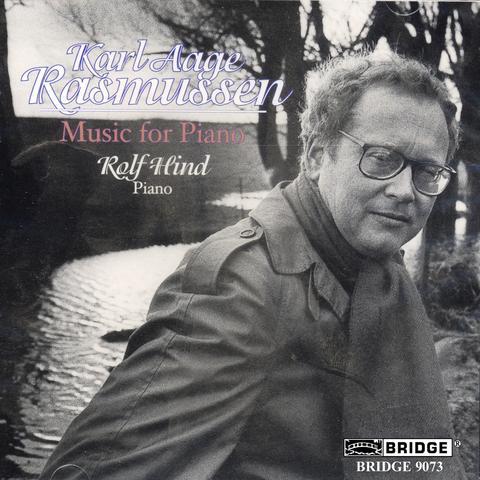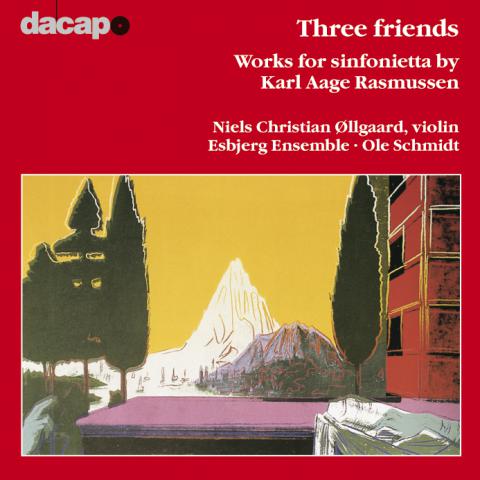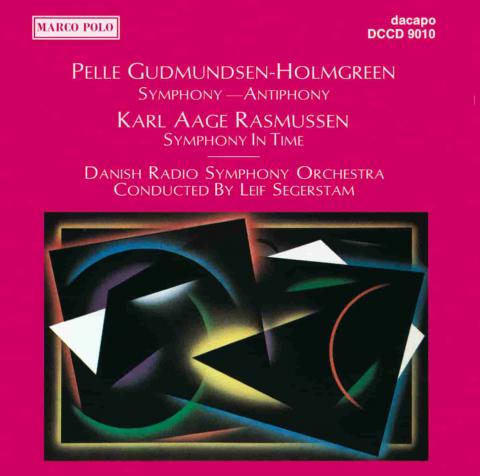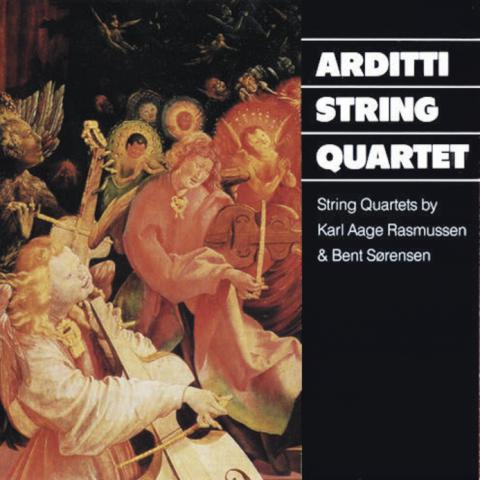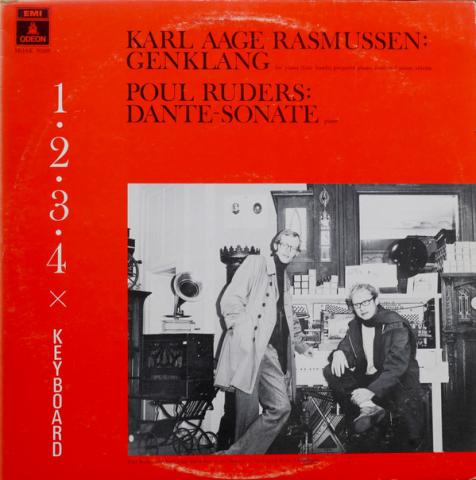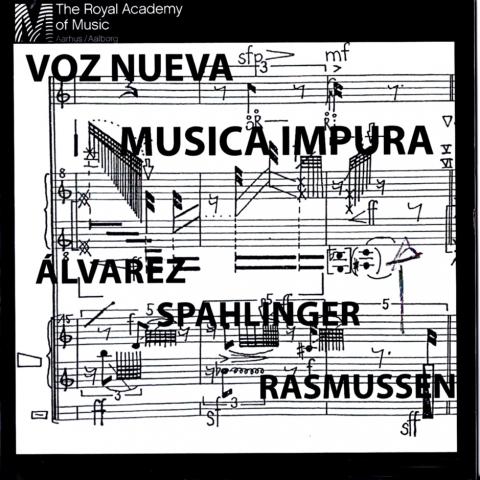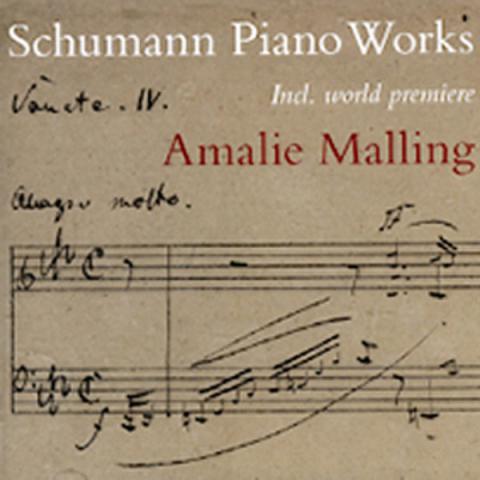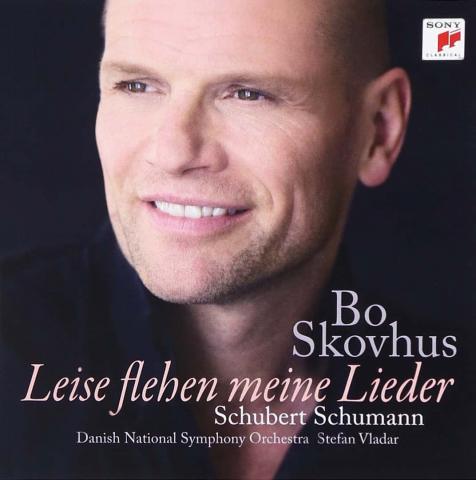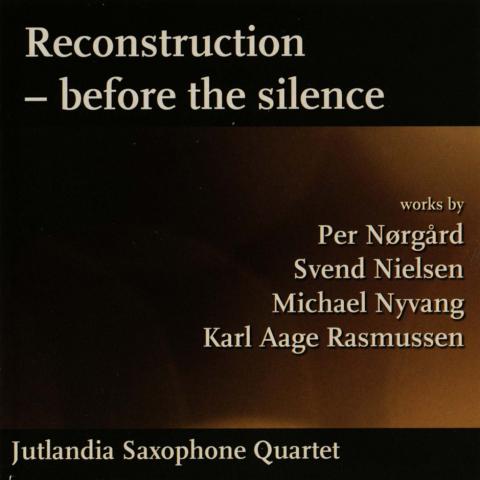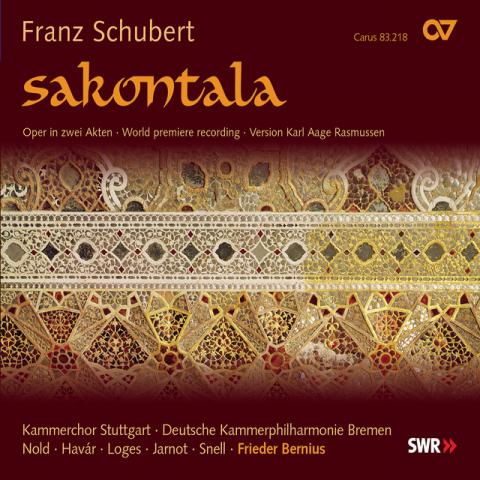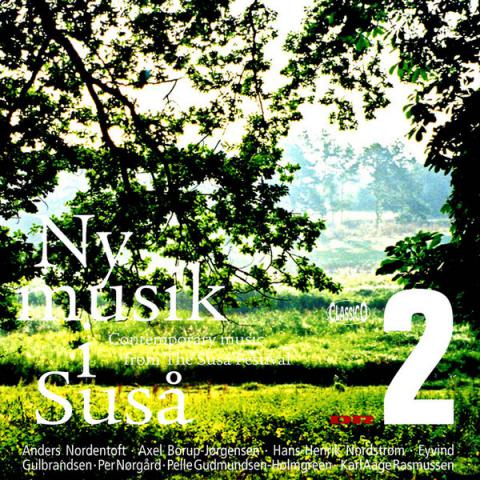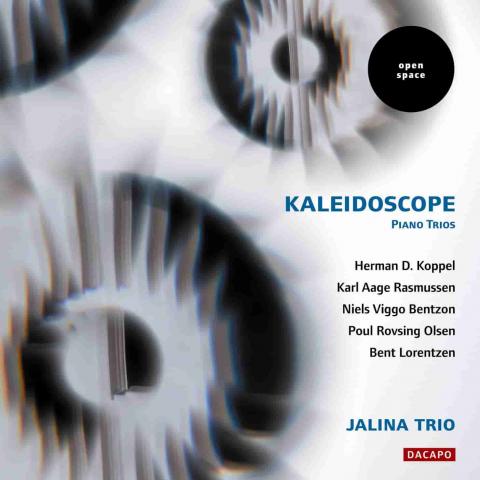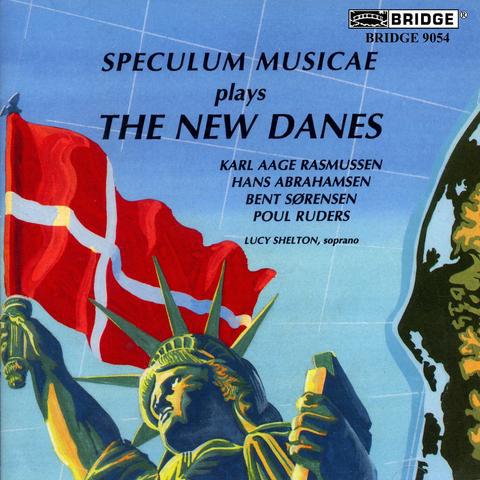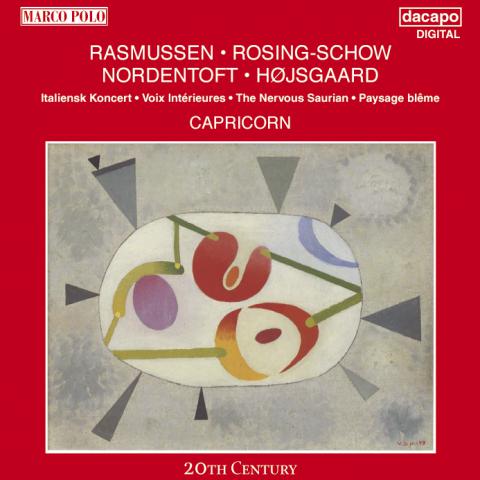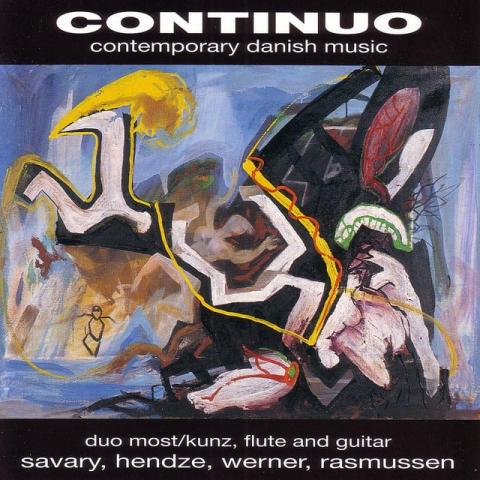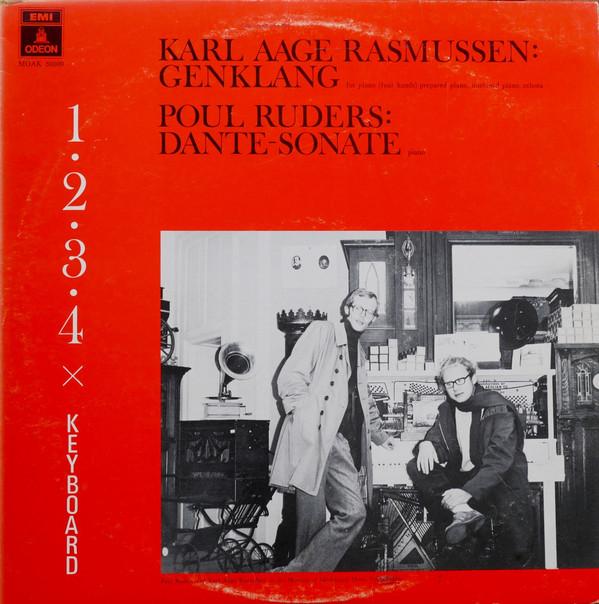
Genklang
In the early 70's, a new film made a huge impression on me, the Italian Luchino Visconti's Death in Venice, based on a famous novella by Thomas Mann. The main character is a poet, but in the film Visconti chose - in line with Mann's own considerations - to make the main character a composer in the form of Gustav Mahler (here, as in the novel, under the name Gustav Aschenbach). And he used the slow movement, Adagietto, from Mahler's Fifth Symphony as a recurring musical theme. That music became an obsession, for months this hovering, restless, melancholy singing string music buzzed in me. Mahler was a fairly new discovery for me at the time, and as I immersed myself in his life's work, I found a colossal diversity, clips and breaks, beer room music, children's songs, folk dances and everyday phrases, but also hints, memories, associations, violent dissonances, melancholy and profundity . A music without borders, a music that was a mirror of life in full, untouched size. And a music that for me became a mirror of my own rootless pendulum swing between sensitivity and irony, nostalgia and contemporary credibility. In 1972, based on this experience, in a short time I composed a twenty-minute long piece entitled Genklang (echo, resonance); a music in no way sounding like avant-garde music sounded at the time. But it could not be called conventional or traditional either. Throughout the piece, one will sense Mahler's music from the Visconti-film, it appears in brief flashes of sound between all sorts of musical pieces and creates a kind of illusion of coherence and wholeness. An illusion that here time has a beginning and an end. I chose a very unusual ensemble: four-handed grand piano, tuned piano, celeste (a kind of carillon) and distorted piano - a piano with screws and rubber clamped between the strings, achieving a rattling, percussion-like sound. So four different, increasingly distorted piano sounds. The falsely tuned piano represented Mahler's Adagietto and became at once a sarcastic and a painful symbol of nostalgia and decay, of memory and degeneration – the (my own?) hopeless longing for the past. In the end, a music that quite literally seems to die of aging; at the same time a symbol of finitude and infinity, if you will.
I was 24 years of age, the description here is my interpretation today, exactly what I thought and felt then, I can not reconstruct, probably a little of it all . But at the same time, Genklang emerged to a great extent as a reaction against the ideological ans aesthetic “police” of the 60s, a kind of protest. In Genklang, most of the tiny building blocks are admittedly major / minor tonal, but the whole is certainly not "conciliatory" – to use the philosopher Adorno's description of a tradition-confirming triad music.


